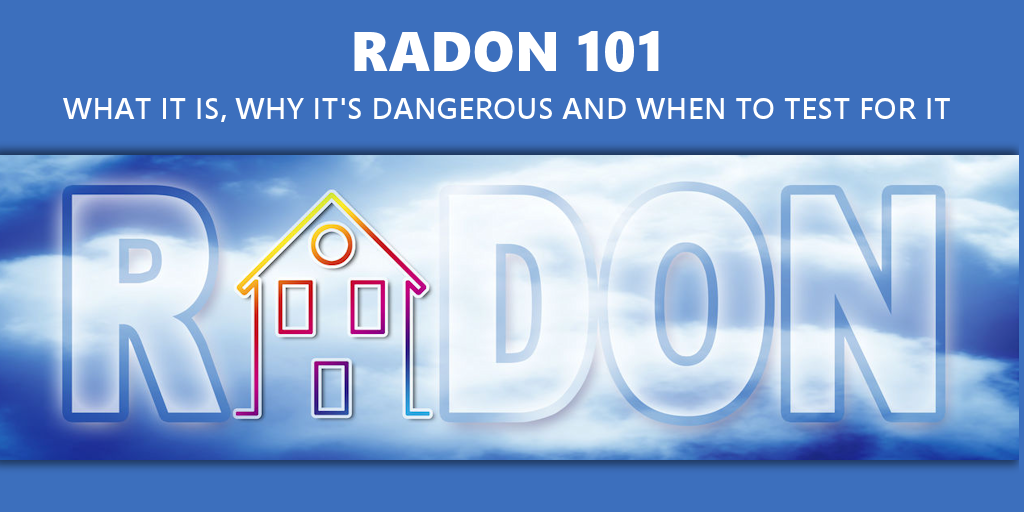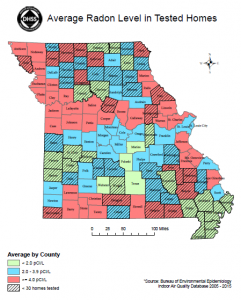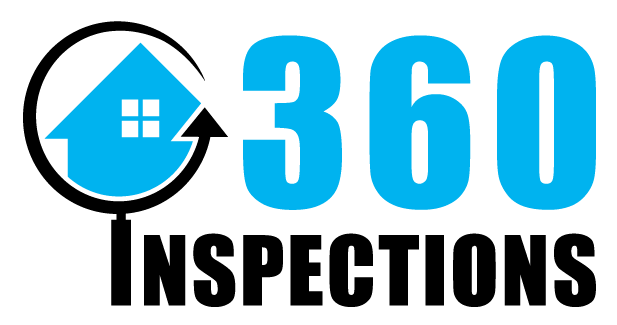
Radon 101: Why Radon Testing Should Be on Your Radar
Radon sounds scary, and it’s a bit of an unknown for most folks, but you can prevent the risk and make sure your home is safe from this silent killer. Read on to learn more about radon, what it is and why you should invest in radon testing (even new homes!) especially in Kansas City.
What is Radon?
For many people, the word strikes sort of an other-worldly fear; they aren’t quite sure what it is or where it comes from, but they know it’s not good. According to the Environmental Protection Agency, radon is “a gaseous radioactive element; it is an extremely toxic, colorless gas” that can be found in the soil under some homes, posing a threat to those who live in the home.” The EPA says radon is estimated to cause up to 21,000 lung cancer deaths in the U.S. every single year!
 As you can see from this map of Missouri Average Radon Levels in tested homes, the Kansas City area has a high level of radon on average. Read more about acceptable levels of radon below.
As you can see from this map of Missouri Average Radon Levels in tested homes, the Kansas City area has a high level of radon on average. Read more about acceptable levels of radon below.
So… should you get your home, or potential new home, tested?
Why It’s Always a Good Idea to Test
Are you purchasing a house? The EPA recommends ALL homes be tested – even new construction. If the seller doesn’t have results from a test less than 2 years old, you should get it tested. Even if the home has a radon mitigation system, it’s a good idea to test.
If you already own the home, and you finish a lower level and will spend a lot of time there – get it tested. Or maybe you’re realizing you never saw a radon test when you purchased your home back in 2007… get a test! Do we sound like a broken record yet? Good! You can never be too safe when it comes to testing for radon.
How do you test for radon?
You can buy DIY short-term radon testing kits at your local hardware store, or sometimes qualify for discounted or free testing kits from your local health department. The test kits measure the radon in the air via radon-sensitive material in the kit that sits out in a lower level of your home on an elevated surface 2-7 days.
To understand your testing results, the amount of radon is measure in picoCuries per liter of air (pCi/L). Average indoor levels should be around 1.3 pCi/L. Typically, 4 pCi/L of radon becomes the “dangerous” level of indoor levels.
Keep in mind that while “cheap” or “free” sounds great now, DIY testing can be inaccurate. There is always a margin of error in home tests. For peace of mind, it’s always better to hire a qualified professional radon testing company to make sure it’s done accurately. These companies can often provide you with solutions and mitigation plans as well.
What happens if the test results are dangerous?
If your home test, or professional test, comes back at 4 pCi/L or higher, it’s time to take action. And with home tests, you should allow for at least 1 pCi/L of error and get re-tested by a professional if your levels are questionable.
We recommend immediately hiring a professional radon mitigation company to assess your home and begin a mitigation plan; mitigating radon requires a specific and specialized skillset and technologies. There are a few ways to reduce radon in the home; different methods of soil suction, heat recovery ventilation, and natural ventilation. Your type of home will greatly influence the method the company chooses to use.
If your home tests with high levels and you do use a mitigation system, it is recommended to re-test every 2 years to ensure the levels are staying in a safe range. If you are purchasing a home with a radon mitigation system already installed, that does not mean you are in the clear so again, get a test to be safe.
How much does radon testing cost?
As we mentioned above, you can get DIY home tests at hardware stores, but they can be inaccurate; you get what you pay for. Professional radon test pricing varies by company, but when you schedule a home inspection with 360 Inspections, you can add a radon test by one of our preferred partners for just $100!
Radon test: $100
Safety: Priceless
Additional Resources:
Fox 4 News Article – The Invisible Killer
EPA Radon Site and Resources
Missouri Dept of Health Radon Resources
https://health.mo.gov/living/environment/radon/
Kansas Dept of Health Radon Resources
http://www.kdheks.gov/radiation/radon.htm
